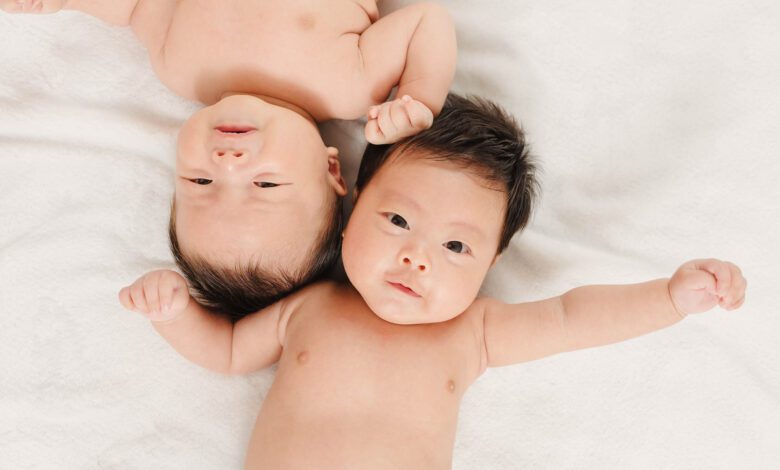China’s fertility rate hits rock bottom among countries with population of over 100 million
In the wake of China experiencing its initial population decline in sixty years and the accelerated aging of its populace, Beijing has been implementing various strategies to elevate the birth rate.

China’s fertility rate dipped to an unprecedented low at 1.09 in 2022, as indicated by figures from the China Population and Development Research Center. In an attempt to counteract the decline in new births, Beijing is actively working to raise this figure. Consequently, China now possesses the least fertility rate among nations with a population exceeding 100 million. Notably, China’s fertility rate stands among the world’s lowest, a category shared with countries like South Korea, Taiwan, Hong Kong, and Singapore.
In the wake of China experiencing its initial population decline in sixty years and the accelerated aging of its populace, Beijing has been implementing various strategies to elevate the birth rate. These measures encompass incentives in the form of financial support and enhanced childcare infrastructure. China has articulated its intention to prioritize education, science, and technology as means to enhance the quality of its population. Furthermore, the country aims to sustain a “moderate fertility” level to contribute to economic growth.
Experts have noted that the combination of exorbitant childcare expenses and restricted career prospects subsequent to childbirth has deterred numerous women from expanding their families or even having children altogether. This predicament is further compounded by prevalent gender biases and conventional notions that assign the responsibility of child-rearing to women. Regrettably, these perspectives remain pervasive across the nation. Additionally, paternity leave remains constrained across the majority of provinces in the country, underscoring the existing challenges surrounding gender roles and family dynamics.
The Family Planning Association of Hong Kong has reported a significant increase in the proportion of childless women in the unique Chinese administrative region, which more than doubled over the past five years, reaching 43.2% last year. Simultaneously, there has been a decline in the percentage of couples having one or two children. Additionally, the average number of children per woman has dwindled from 1.3 in 2017 to a historic low of 0.9 in the previous year, as outlined in their survey findings.
Also, have a look at : Population growth insufficient to strengthen India’s economy: Moody’s Investors Service



